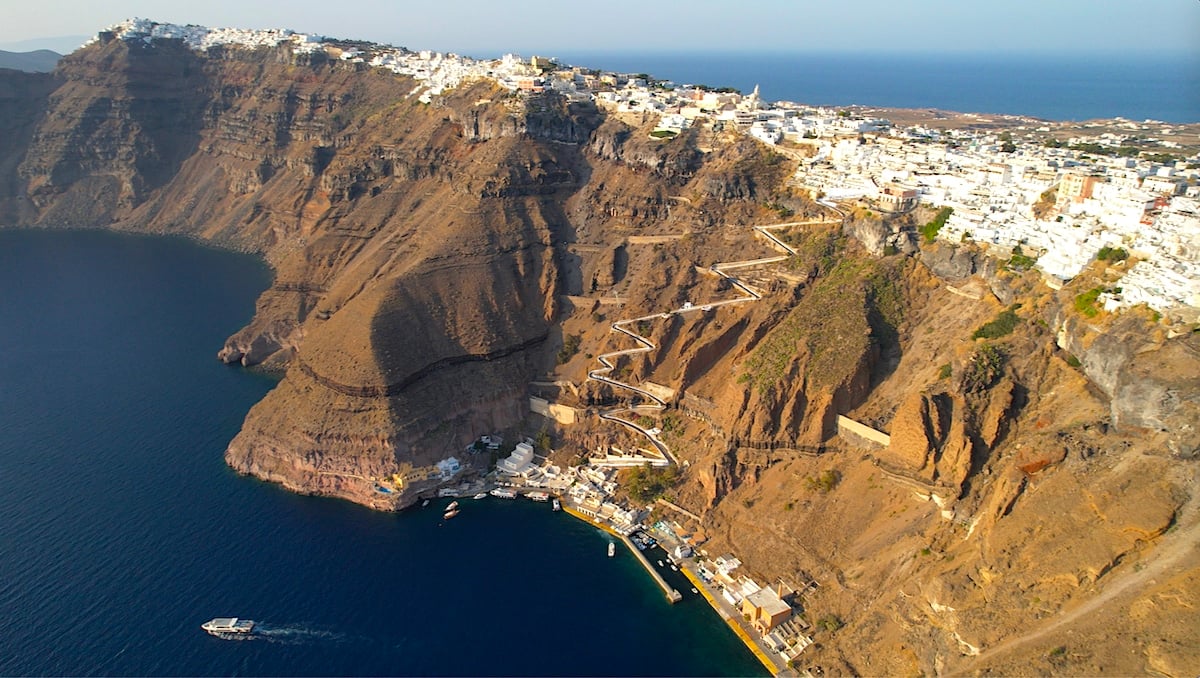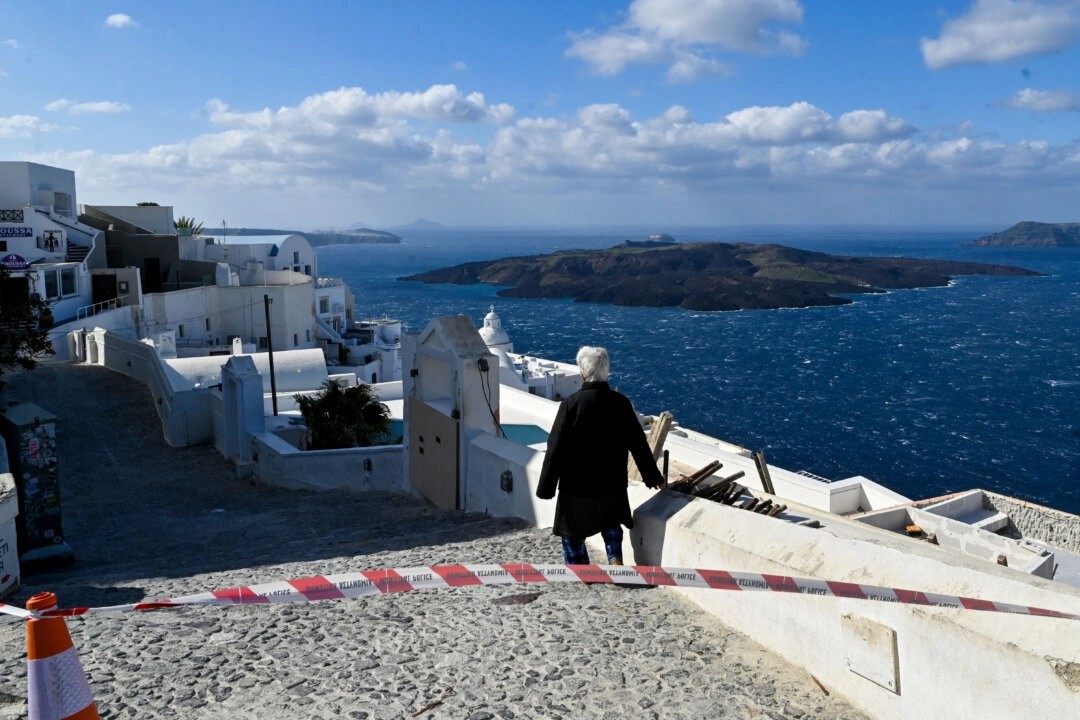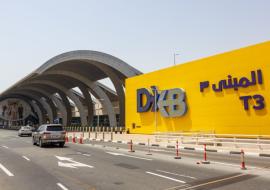The Situation in Santorini Gets Worse as the Island Is Now Deserted

Santorini, the renowned Greek island, has been experiencing an unprecedented series of earthquakes over the past two weeks, leading to widespread evacuations and a significant impact on daily life. As of February 12, 2025, the island has recorded over 12,800 tremors since January, with the most powerful being a 5.3 magnitude quake on Monday night.
In response to the escalating seismic activity, the Greek government declared a state of emergency on February 6, set to remain in effect until March 3. This measure aims to facilitate efficient crisis management and ensure the safety of residents and visitors. Consequently, more than 10,000 individuals have evacuated the island, leaving Santorini nearly deserted.
The University of Athens' Seismological Laboratory has been closely monitoring the situation, detecting thousands of tremors in the region. On Monday alone, 109 earthquakes were recorded, with 13 registering above magnitude 4 and two exceeding magnitude 5. Initially, seismologists were hopeful that the seismic activity was diminishing; however, the recent intensification has raised concerns about the possibility of a more significant earthquake.

The continuous tremors have led to the closure of schools on Santorini and neighboring islands, including Amorgos, Anafi, and Ios, with educational institutions remaining shut until at least February 14. Authorities have also suspended construction projects and increased transportation services to aid evacuations. Emergency services, including specialist rescue teams, the army, fire service, and police, have been deployed to manage the crisis.
The seismic activity has also impacted tourism, a vital component of Santorini's economy. Viking Cruises, for instance, canceled scheduled stops by its ships, opting instead to dock at alternative ports due to safety concerns.
Prime Minister Kyriakos Mitsotakis has announced a €3 million fund to establish an emergency evacuation route and has visited the island to demonstrate solidarity with affected residents. The government has also introduced support measures for workers impacted by the quakes, aiming to mitigate the economic fallout from the ongoing crisis.
Seismologists continue to study the phenomenon, with some attributing the activity to tectonic movements rather than volcanic activity. While the frequency of tremors has shown signs of decreasing, experts caution that the situation remains unpredictable, and the potential for a larger earthquake cannot be ruled out.
As of now, Santorini remains under a state of emergency, with authorities and experts closely monitoring the situation to ensure public safety and provide necessary support to those affected.














